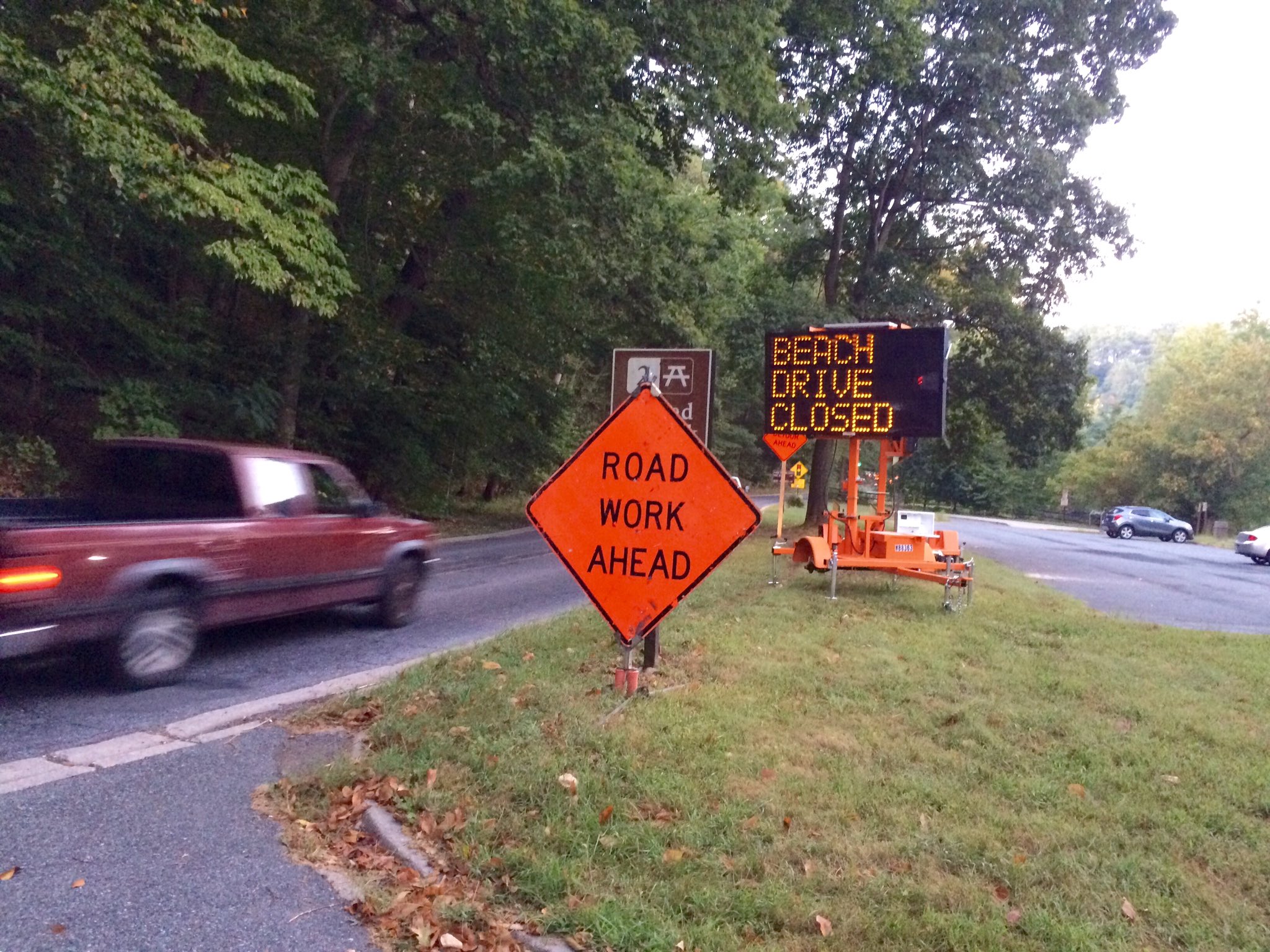SF Families Finally Get Answers On Dreaded School Closures With Preliminary List
A Promise, A Process, and A Plan
After months of anticipation, uncertainty, and relentless advocacy from parents and community members, San Francisco Unified School District (SFUSD) has finally released a preliminary list of schools proposed for potential closure. The announcement, which comes as a result of a comprehensive review process initiated in 2022, outlines the district's plan to address declining enrollment and financial constraints. However, the news has been met with mixed reactions, highlighting the complexities and challenges inherent in such a decision.
A Long and Winding Road
The decision to close schools is never easy and has been a topic of ongoing debate in SFUSD for several years. Declining enrollment, coupled with a significant budget deficit, have forced the district to consider cost-cutting measures, including school closures. In response to concerns raised by parents and community members, the district launched a comprehensive review process in 2022, involving extensive data analysis, community engagement, and collaboration with stakeholders.
The Preliminary List
The preliminary list released by SFUSD includes 12 schools proposed for potential closure:
| School Name | Neighborhood |
|---|---|
| Abraham Lincoln High School | Lincoln Park |
| Burton Elementary School | Potrero Hill |
| Chinatown Elementary School | Chinatown |
| Daniel Webster Elementary School | Bernal Heights |
| Excelsior Elementary School | Excelsior |
| Glen Park Elementary School | Glen Park |
| John Muir Elementary School | Sunset |
| Lakeshore Elementary School | Lakeview |
| Malcolm X Academy | Bayview-Hunters Point |
| Marshall Elementary School | Potrero Hill |
| Rosa Parks Elementary School | Bayview-Hunters Point |
| Willie L. Brown Jr. Middle School | Potrero Hill |
Multiple Perspectives
The release of the preliminary list has sparked a range of reactions from the community. While some parents and community members understand the need for budget cuts and enrollment adjustments, others are deeply concerned about the impact on their children and neighborhoods. The closure of schools can have significant consequences, including disruption of education, loss of community resources, and displacement of families.
Parents and community members whose schools are on the closure list have expressed strong opposition, arguing that the district has not adequately considered alternative solutions or the impact on their communities. They have organized protests, attended school board meetings, and engaged in social media campaigns to voice their concerns.
Data and Analysis
SFUSD has emphasized that the decision to close schools is based on a rigorous review process involving extensive data analysis. The district has cited declining enrollment as a major factor, with some schools operating at less than half of their capacity. The district has also noted that the cost of maintaining and operating aging school buildings is a significant financial burden.
However, critics argue that the district's data is incomplete and does not fully consider the potential consequences of school closures. They point to research that suggests that school closures can have a negative impact on student achievement, particularly for students from marginalized communities.
Seeking Solutions
As the district moves forward with its closure plan, it is important to engage in meaningful dialogue with stakeholders to explore alternative solutions and mitigate the potential negative consequences. This may include exploring options such as school mergers, grade reconfigurations, or community partnerships to keep schools open.
Conclusion
The decision to close schools is a complex and challenging one, with no easy answers. SFUSD has made a difficult choice in releasing the preliminary closure list, but it is only the first step in a long and difficult process. The district must now engage in meaningful dialogue with stakeholders to gather input, address concerns, and explore alternative solutions. Ultimately, the goal should be to find a balance between financial constraints and the educational needs of all students.
Read also:
Steven Soderbergh, Questlove, Ron Howard And More Pay Tribute To David Lynch
Capital One Sued By US Watchdog Alleging Bank Cheated Customers Out Of $2 Billion
Derry Police Search For Answers In Mysterious Sudden Death

